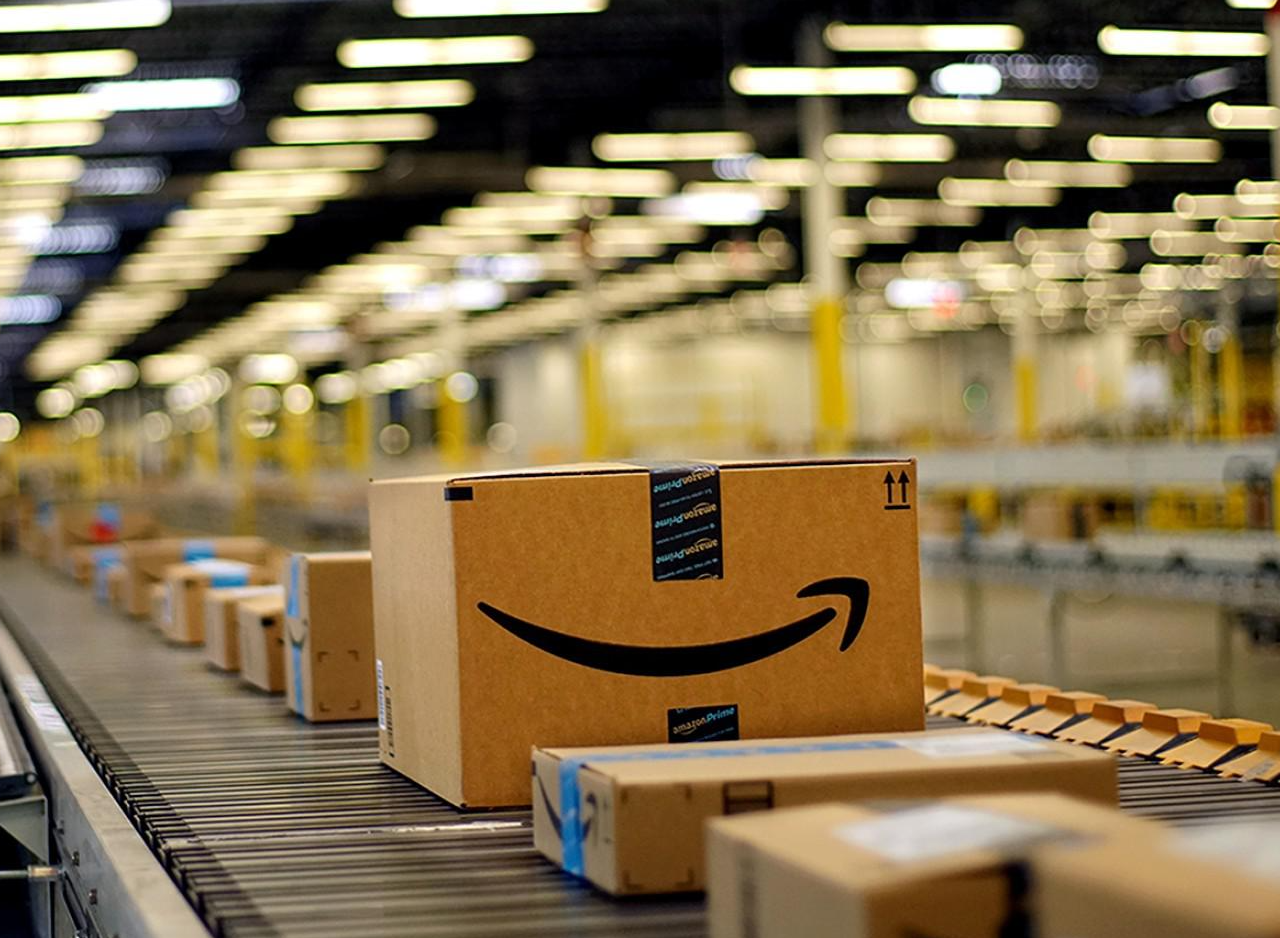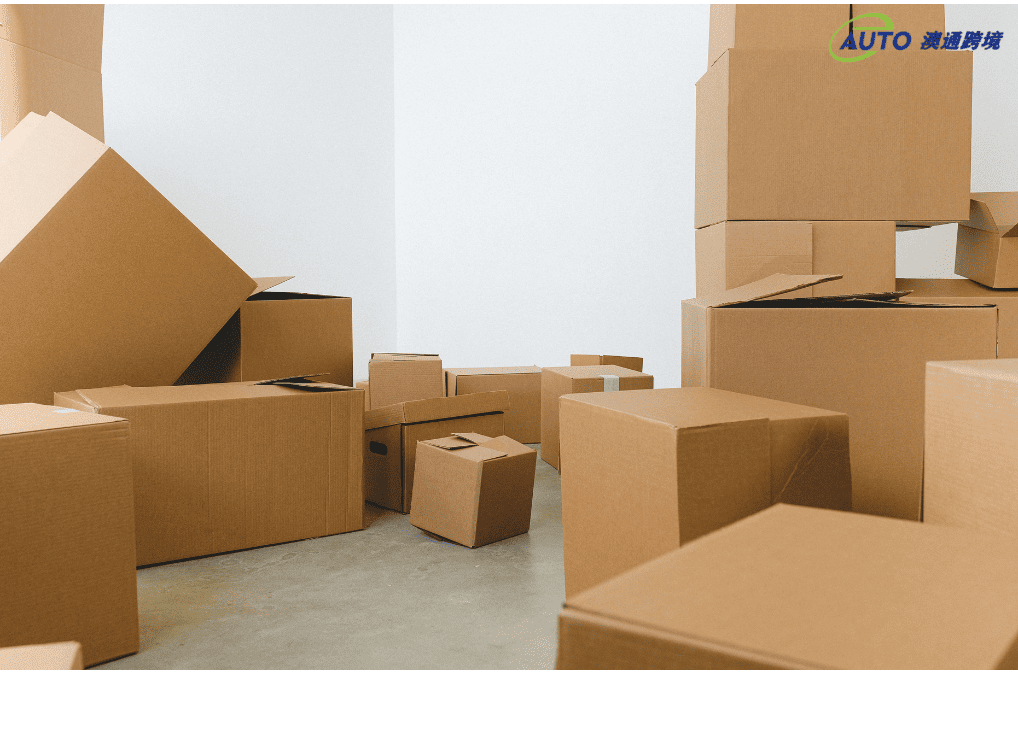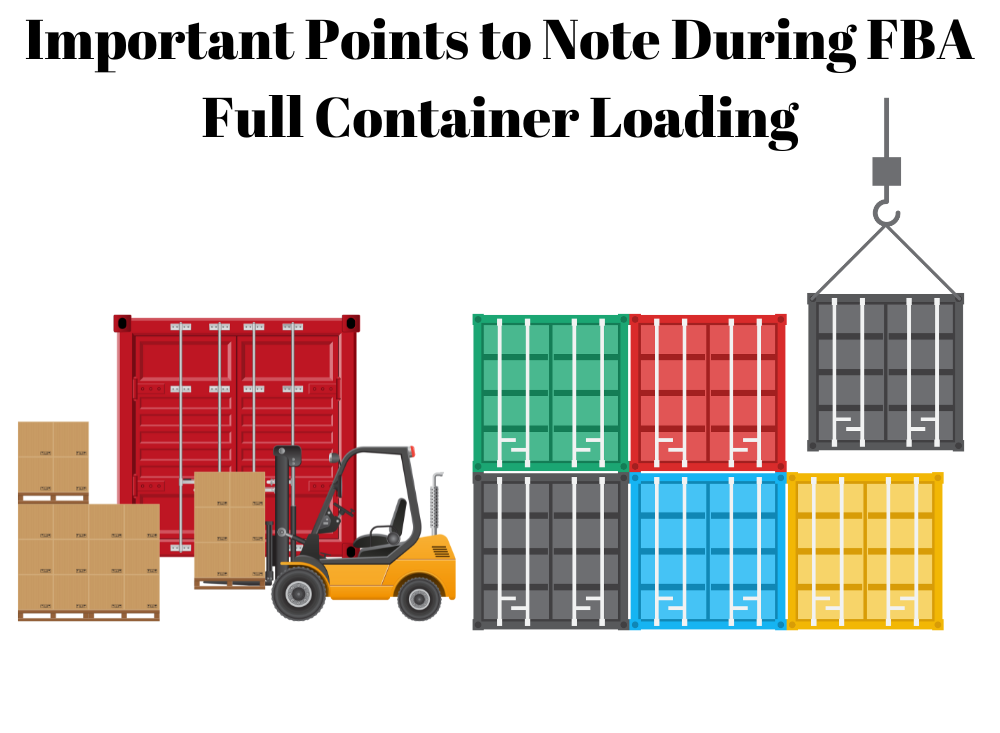FBA LCL Quote
FBA 40HQ FCL Quote
Auto Shipping offers a robust ocean freight shipping service tailored for businesses looking to transport goods from China to various global destinations, including the USA. This service is ideal for handling large volumes, offering both Full Container Load (FCL) and Less than Container Load (LCL) options to accommodate different shipment sizes. They emphasize secure and efficient transport, ensuring that goods arrive safely and in compliance with all regulatory requirements. With competitive pricing and a focus on customer satisfaction, Auto Shipping aims to simplify the logistics of overseas shipping for their clients.
LCL Shipping
Auto Shipping provides Less than Container Load (LCL) shipping services from China, which is a cost-effective solution for smaller shipments that do not require a full container. This service allows multiple shippers to share container space, reducing costs and enhancing flexibility for businesses with lower volume requirements. Auto Shipping handles all aspects of the LCL process, including consolidation, customs clearance, and delivery, ensuring efficient and secure transportation of goods to their final destination.
FCL Shipping
Auto Shipping offers Full Container Load (FCL) shipping services from China to various destinations worldwide, including direct shipping to Amazon FBA warehouses. These services are ideal for businesses that require the transportation of large volumes of goods securely and efficiently. FCL shipments with Auto Shipping ensure that your goods have exclusive use of a container, providing optimal protection and space utilization. The company handles all aspects of shipping, from the port of origin in China directly to your specified destination, with comprehensive customs clearance and delivery services.
Ocean Freight Forwarders
Ocean freight forwarders are companies that specialize in arranging the shipment of goods across the ocean. They manage the logistics of moving cargo from the point of origin to its destination, handling tasks such as booking cargo space, negotiating freight charges, and managing documentation needed for international shipping.
Auto Shipping offers ocean freight forwarding services that facilitate the transportation of goods across major international routes, especially from China to global destinations including the USA. Their services cater to both Full Container Load (FCL) and Less than Container Load (LCL) shipments, providing flexible options for businesses of all sizes. They emphasize secure, efficient transport, competitive pricing, and compliance with international shipping regulations to ensure a smooth customs process.
How does Ocean Freight Work?
Ocean freight is a method of transporting large quantities of goods via sea. Goods are packed into containers, which are loaded onto cargo ships at the port of origin. Once the ship arrives at the destination port, the containers are offloaded and passed through customs. The goods are then delivered to the final destination by rail, truck, or a combination of transportation modes. Ocean freight is favored for its cost-effectiveness and ability to handle large, heavy, or bulky shipments, making it a preferred choice for international trade.
Here’s a step-by-step breakdown of how ocean freight works:
1. Export Haulage: The goods are transported from the shipper's premises to the port of export, usually by truck or rail.
2. Origin Handling: This involves unloading, inspecting, and validating the cargo against the booking details, followed by loading into containers if not already containerized.
3. Ocean Freight: The container is loaded onto a cargo ship designated to carry the goods to the destination port.
4. Import Handling: Once the ship arrives, the container is unloaded, and the cargo is inspected and verified at the destination port.
5. Import Haulage: Finally, the goods are transported from the port to the final destination, which could be the buyer's facilities or another designated location.
When Obtaining a Freight Quote for Ocean and Sea Freight, the Costs Typically Include:
1. Base Freight Rate: The primary shipping charge from origin to destination.
2. Fuel Surcharge (BAF): Adjusts for fluctuating fuel costs.
3. Currency Adjustment Factor (CAF): Accounts for exchange rate variations.
4. Port Charges: Fees associated with the use of port facilities.
5. Terminal Handling Charges: Costs for handling at both origin and destination terminals.
6. Customs Clearance: Fees for processing the goods through customs.
7. Documentation Fees: Charges for the transport documents required for shipping.
8. Insurance: Optional but recommended to protect against loss or damage.



